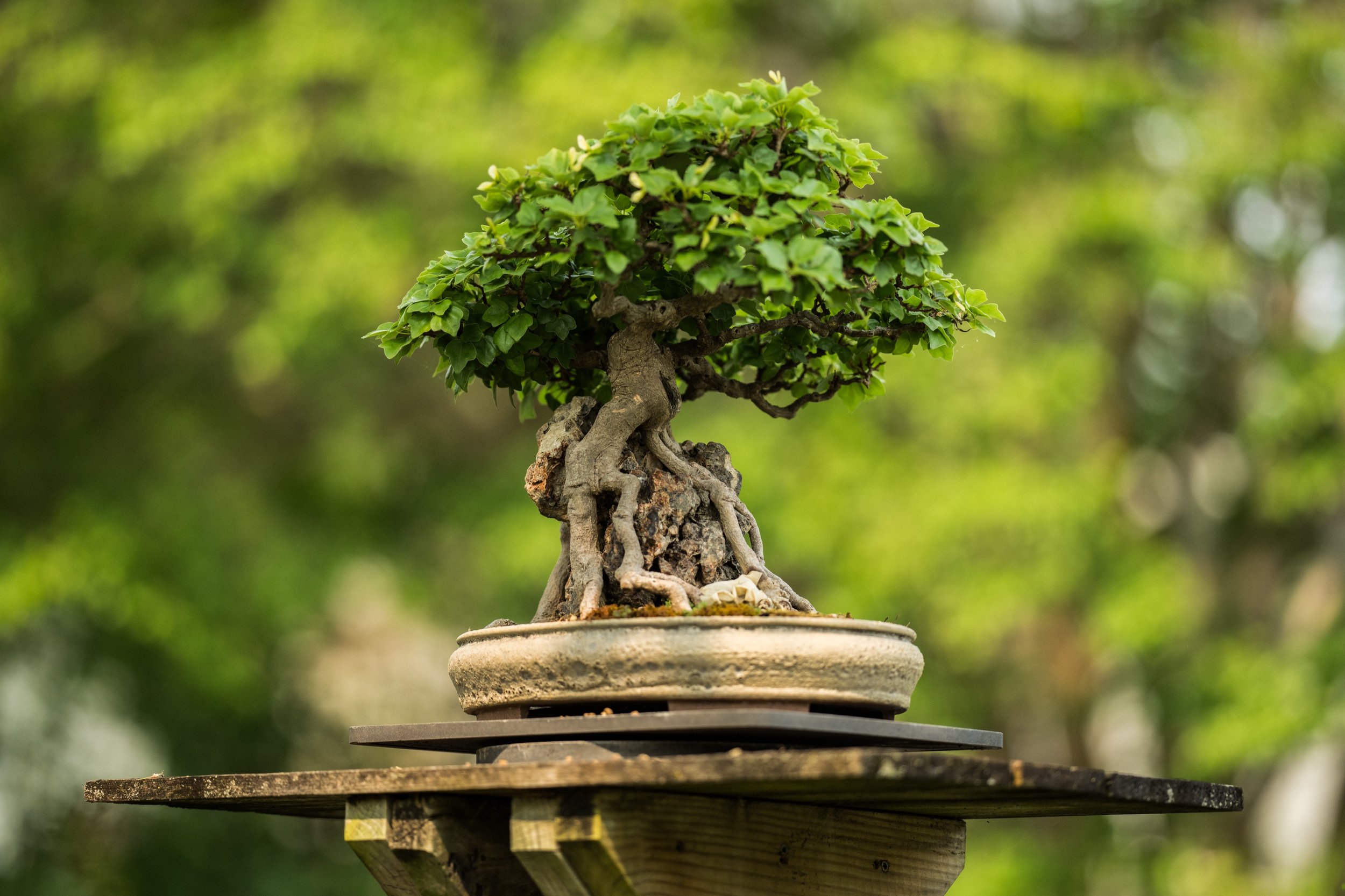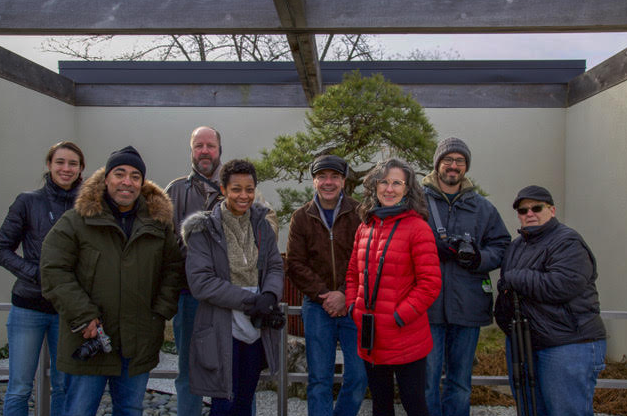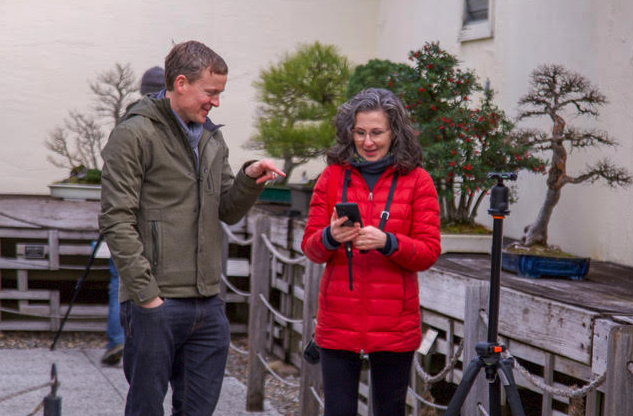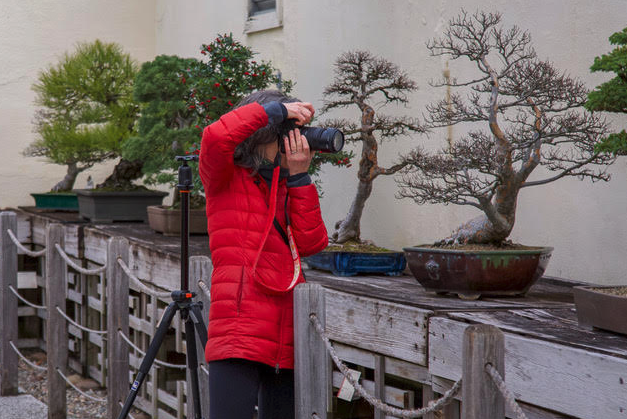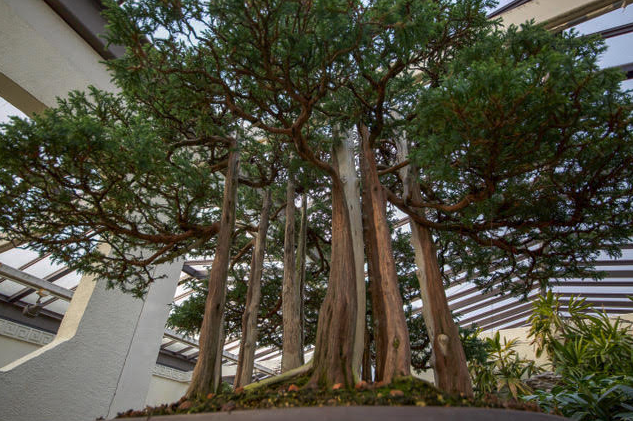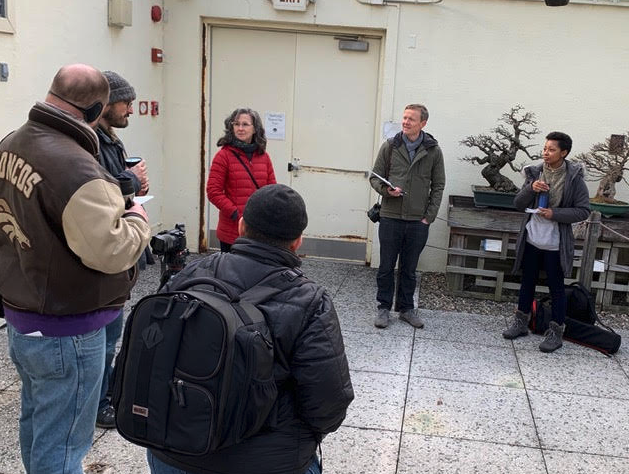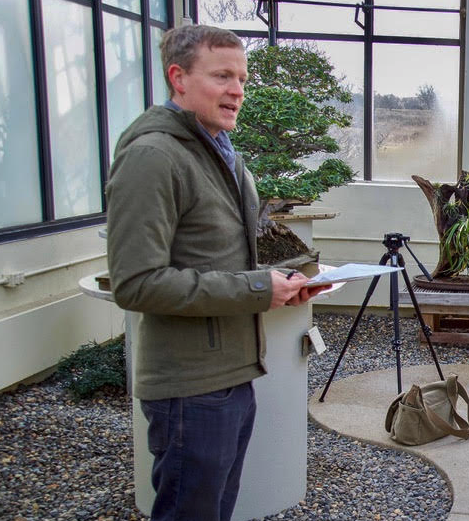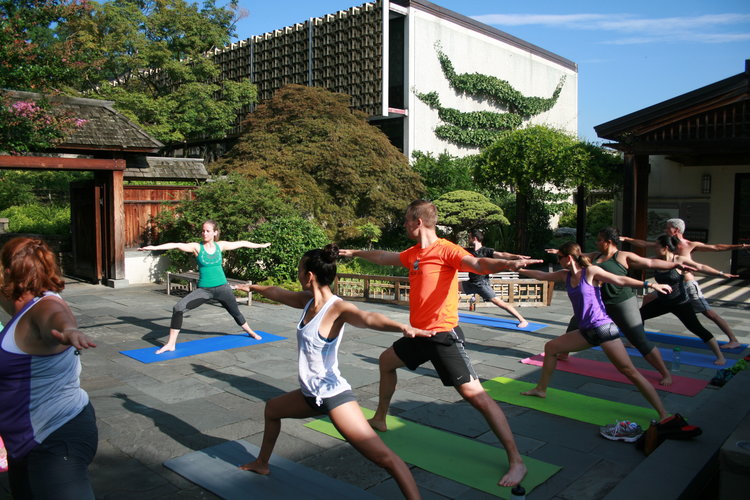Ted Tsukiyama (left) at the 2005 World Bonsai Convention in Washington D.C. next to (left to right) Felix Laughlin, Saburo Kato, Yaoi Kato, Fuku Tsukiyama, Daizo Iwasaki and Naemi Iwasaki.
We are saddened to hear that Ted Tsukiyama, a World War II veteran and dedicated bonsai devotee, passed away earlier this month.
Tsukiyama’s daughter, Sandy Tsukiyama, said her father suffered a stroke on Martin Luther King Day and had been receiving hospice care at home. She said Tsukiyama, 98, passed at ease and was surrounded by family.
“Everything was taken care of and we couldn’t have asked for better support," she said. “It couldn’t have been more peaceful.”
Tsukiyama, 98, devoted many years of his life to the art of bonsai, personifying the tenet of “bonsai no kokoro,” or “peace through bonsai.” He was a co-founder of the World Bonsai Friendship Federation, and served for many years on the National Bonsai Foundation Board of Directors as well as an honorary director.
Tsukiyama was a graduate of Yale Law School who practiced as an esteemed labor lawyer in Hawaii. Tsukiyama’s autobiography, "My Life's Journey: A Memoir,” was published in 2017.
“Ted was a gentleman in every sense of that word and he will be dearly missed by all who were enriched by his friendship,” NBF Executive Director Dr. Johann Klodzen said.



